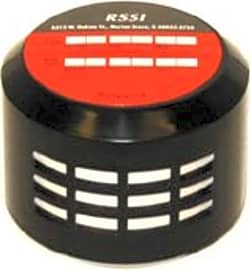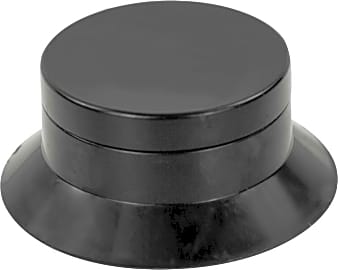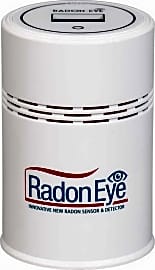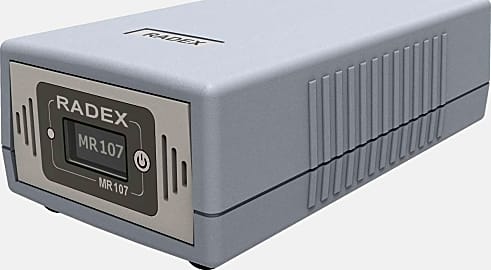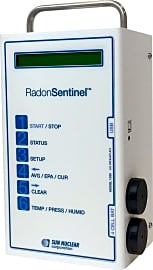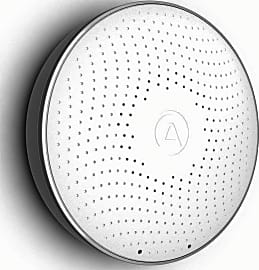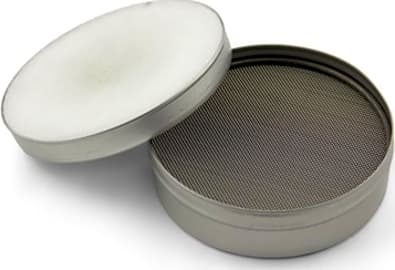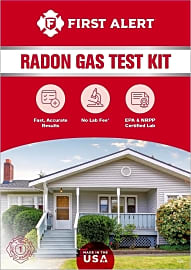The 9 Best Radon Gas Test Kits

This wiki has been updated 37 times since it was first published in March of 2017. Radon is an odorless, tasteless carcinogen which, at abnormally high levels, can create serious health risks that include lung cancer. While it has become standard practice to test for this gas when buying a home, the kits on this list can also provide peace of mind if you want to verify that your current mitigation solution is functioning normally, since the EPA recommends yearly testing. When users buy our independently chosen editorial selections, we may earn commissions to help fund the Wiki.
Editor's Notes
December 08, 2020:
The Safety Siren Pro Series 3 has become unavailable, so we removed it from our list. Same with the Airthings Corentium Pro, although the Sentinel 1030 is a solid replacement for those of you who do home inspections or construction; it’s not cheap, but works well for professionals.
The rest of the list will look familiar, at least for now. The manufacturers of these radon gas kits are getting wise to that many consumers and professionals prefer to get information as soon as possible through apps, so options like the Radex MR107 and the Airthings Wave are becoming increasingly popular.
If you find your house does have high radon levels, don’t call your realtor yet. It's certainly a serious problem, and is the second leading cause of lung cancer after smoking. However, there are systems to address this issue, such as radon fans, which can be effective in bringing your air quality back to safe levels in many instances.
June 21, 2019:
While the short term tests (defined by the EPA as less than 90 days) are regarded as limited in accuracy no matter what brand is used, the majority of real estate transactions are not going to be delayed for 3-12 months while a long-term test is done. So we included 2 short-term options supplied by reliable brands, the First Alert RD1 and the Accu Star Charcoal, even though they can never match the reliability of their long-term counterparts.
The EPA recommends for these short-term tests that windows and doors be kept shut and not to perform them during severe storms or high winds. Homeowners are also advised to verify results with a long-term test (especially if the basement will be occupied multiple hours per week) after purchasing the home before making decisions about installing a radon mitigation system.
Even with radon mitigation systems in place, yearly testing is recommended, and a budget-friendly option like the RSSI Alpha Track makes this bit of home maintenance a no-brainer, as the cost of the test and even pre-paid postage is included.
If you have family members continuously living and working in your basement, you can get piece of mind from a pricier continuous monitor like the Airthings Corentium Home or the Radon Eye RD200. These units can provide you with daily reporting, plus weekly and long-term averages.
Radon: Another Silent Killer
And these girls, dangerously radioactive compounds along the lines of decayed uranium and polonium, are not playing nice.
Even the name sounds pretty sinister.
Radon was discovered well over 100 years ago by either Ernst Dorn or Ernest Rutherford, depending on whom you ask. It was initially known as radium emanation, then renamed niton after it was isolated in 1908. When researchers further explored its origin as a direct decay product of radium, it was renamed radon in 1923, by which point science was beginning to grasp the dangerous reality of ionizing radiation. It has the atomic number 86, and it's eight times heavier than air at sea level. Interestingly, it's one of the few radioactive particles in Earth's environment that isn't the result of nuclear weapon tests. It's also the second-leading cause of lung cancer, right behind tobacco smoking.
Radon itself has a half-life of only about four days. This doesn't tell the whole story, though, as it breaks down over that time into a surprising range of harmful isotopes, called daughters of radon. And these girls, dangerously radioactive compounds along the lines of decayed uranium and polonium, are not playing nice. In fact, there's real evidence of radon poisoning dating back nearly 500 years; though they didn't realize it at the time, the wasting effect recognized as mala metallorum in countless miners now appears to be acute radiation sickness due to inhalation of this nasty gas. Aside from essentially shutting down critical cell functions, these dangerous waves can cause unpredictable mutations, leading to a significantly increased cancer risk.
All in all, it's a good one to avoid, and there are different ways to help yourself and your family do so.
Where Does It Come From?
To understand radon harm prevention and mitigation, it helps to understand how the stuff got there in the first place. As noted, it's much heavier than the rest of the atmosphere, and its effects are classically tied to respiratory difficulties in underground workers. Emanating primarily from everyday rocks and soil, this rare, natural contaminant has less to do with humans polluting and more to do with the chemical makeup of the Earth itself. Breaking open the ground that normally traps this harmful substance doesn't help, of course, but the fact is that high radon levels are found in nearly every region of the country and even the world.
The first thing to remember is that it comes from the ground.
The first thing to remember is that it comes from the ground. This is reinforced not only by centuries of observing all miners, but especially accounts of more modern workers who specialize in extracting useful ores such as uranium. Radon, which generally coexists alongside uranium, has no problem partially sublimating and waiting around for an unsuspecting human to start breathing.
As a variety of chemicals off-gas underneath a building's foundation, they build in pressure. Over time, some of those gases seep into the structure, beginning in the lowest spaces and gradually advancing upwards through any open space they can find. Like carbon monoxide, it's one of the potential problem areas that require close attention when maintaining or overhauling HVAC systems. And because it starts down low and moves upward, it's a good idea to start testing in the basement, cellar, or at least the lowest floor of the building.
Unfortunately, there's no way to effectively neutralize the substance for good, but there are ways to make sure it isn't present in harmful levels, and if it is, there are ways to fix that.
What Do I Do About It?
For starters, a radon sensor is a great addition to smoke and carbon monoxide detectors. Placed near the baseboards in a one-story home, or in the basement if there is one, many of these will sound an alarm if they detect unsafe levels. Because instantaneous readings rarely provide a complete picture, a good sensor unit has built-in memory or wireless connectivity that allows for the storage and eventual analysis of data. This way, the concerned homeowner can observe radon levels over time, and determine exactly what course of action to take. These usually operate on simple battery power, so you can place them where you're worried about gas ingress points. The more advanced electronic models detect humidity and temperature, as well, and make adjustments to their alarm thresholds based on those conditions.
There are strengths and weaknesses to sample collection as well continuous electronic monitoring.
A more well-known method uses a collection unit and a professional laboratory to deliver comprehensive results. These tests are single-use-only, and they're quite straightforward. After opening, simply leave the test kit exposed to air in the part of the building most likely to be inundated with radon. After a predetermined length of time, anywhere from two days to 12 months, the unit is sealed and shipped to a testing facility, where it's analyzed to provide in-depth air quality data. These somewhat more traditional routes use one of two means of analysis. Activated-carbon units can absorb nearly everything present in the atmosphere, and based on the length of the testing period, scientists can calculate the room's average radon exposure. The other method isn't quite as widespread, but is a bit more accurate, and much more high-tech. In the alpha tracking method, a hyper-sensitive polymer strip picks up a barely detectable marking from the radioactive radon gas, and technicians use finely calibrated machines to measure those markings and determine how much of the suspect molecule was floating around the air.
There are strengths and weaknesses to sample collection as well continuous electronic monitoring. A powered sensor provides minute-byr-minute feedback, but may call on the homeowner to do some mathematical legwork to determine what that data means. Chemical tests often deliver straightforward data, but they take considerably longer to achieve results, and the short-term exposure units don't always provide the most comprehensive answers. However, in the event that either of these methods shows dangerous levels, don't worry. There are numerous techniques and products available to keep levels down, and keep your home or workplace safe from this silent killer.


